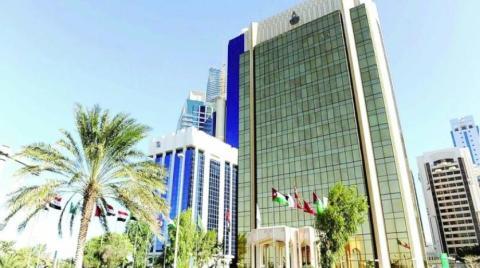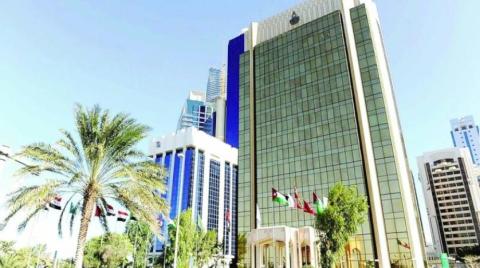
DUBAI, Jan 19 (Reuters) - S&P Global Ratings said on Wednesday it expects global sukuk issuance volumes to be flat at best in 2022, amid decreasing liquidity and rising borrowing costs, as well as higher oil prices cutting some core Islamic finance countries" funding needs.
While economic transformation goals such as Saudi Arabia"s Vision 2030 may usher in some sukuk opportunities, S&P sees volumes at about $145 billion-$150 billion in 2022 from $147.4 billion last year, which fell by $1 billion from 2020.
"Amid a tight job market, accelerated inflation readings over the past few months, and increasingly hawkish forward guidance from the U.S. Federal Reserve, we now expect three rate hikes in 2022, with the first expected in May," S&P said in a report.
Gulf countries would follow suit with similar rate hikes as their currencies are pegged to the dollar.
"Notably, we assume a period of higher oil prices, together with higher production and tighter spending control, will result in lower financing needs for some core Islamic finance countries."
The implementation of a regulatory standard last year by Accounting and Auditing Organization for Islamic Financial Institutions (AAOIFI) caused "a period of dislocation," with sukuk issuance dropping 64% in the United Arab Emirates, S&P said.
Reuters reported in May that the adoption by the United Arab Emirates of the standards had slowed the issuance of sukuk from the Gulf, adding to a chronic supply-demand imbalance.
"Although legal solutions were implemented, the change has negatively affected sukuk issuance appetite from issuers and investors," the ratings agency said.
S&P said 20 jurisdictions have so far partially or fully implemented the AAOIFI sharia standards, mostly key players in the Islamic finance industry, as well as the multilateral Islamic Development Bank.
But some other large players in the industry have not adopted them, it added.
"This could exacerbate differences in structures used in core Islamic finance countries and detract from the broader goal of a more integrated Islamic finance industry."
Reporting by Yousef Saba; editing by David Evans












